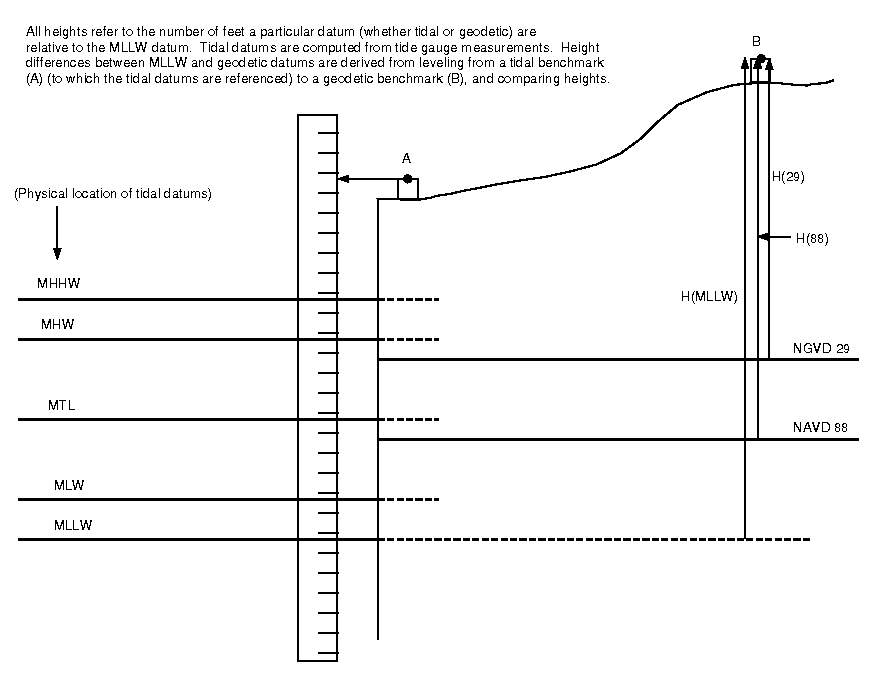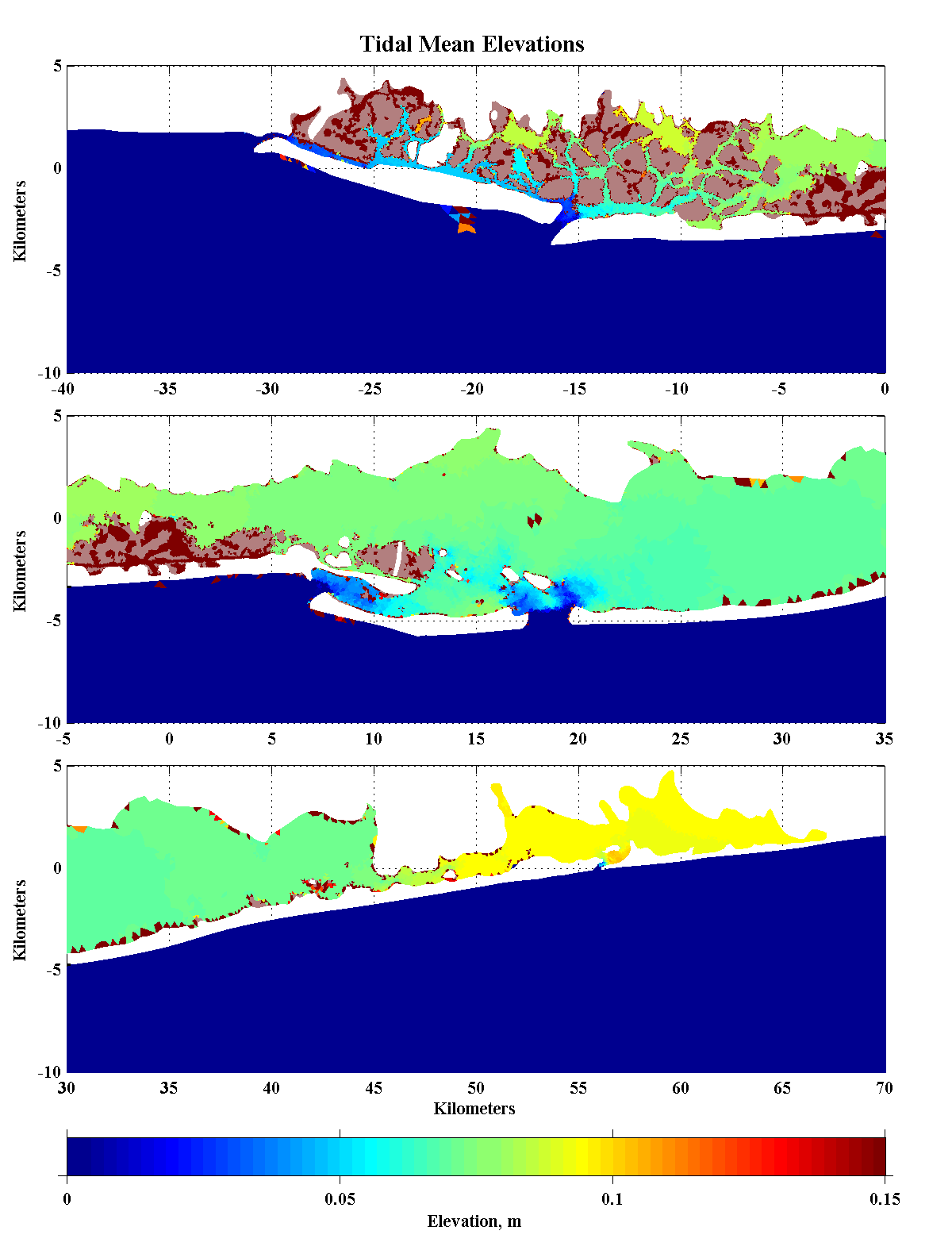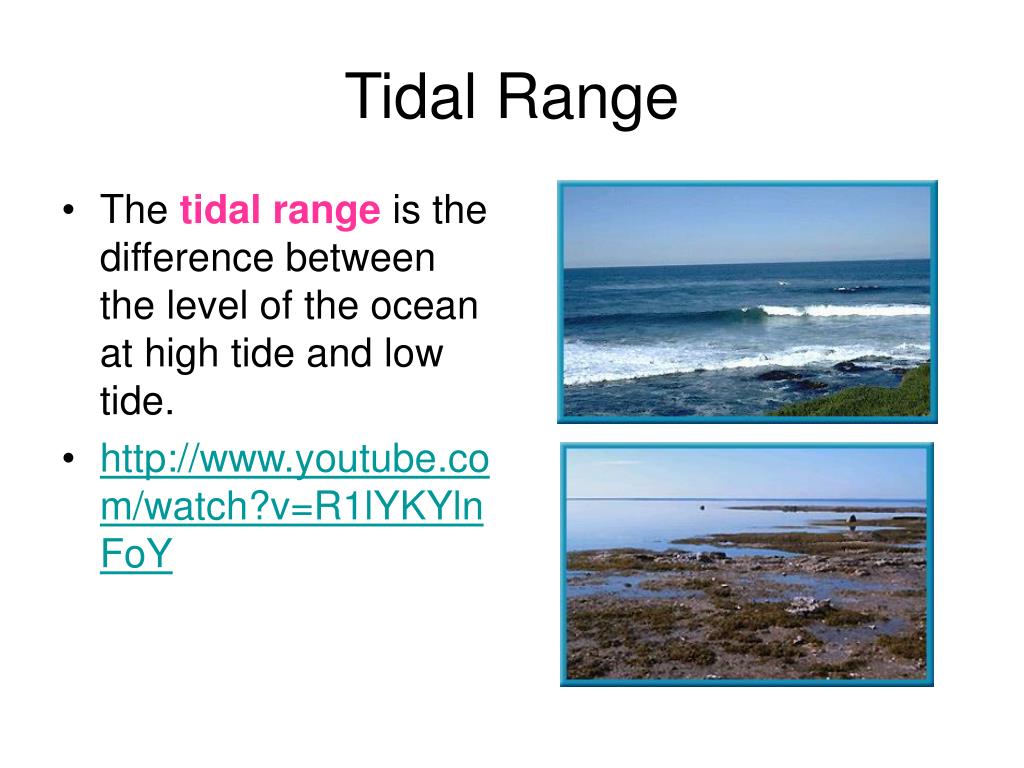

The equations of Newton’s law show that gravitational attraction varies with the square of distance, so even a small increase in the distance between two objects significantly decreases the gravitational force between them. If distance increases ( ↑ ), then gravitational force greatly decreases ( ↓↓ ). The rest of Newton’s law can be expressed as If mass increases ( ↑ ), then gravitational force increases ( ↑ ).Īn example of this can be seen in objects with a large mass (such as the Sun), which produces a large gravitational force. This is due to the larger drop in gravitational force, which gives a greater ratio of the force on the near side of the sphere to that on the far side. Which means that gravity ∝ 1/distance 2 – the symbol ∝ stands for “is proportional to” – so gravity is inversely proportional to the distance squared.Īpplying this inverse square proportionality to the Earth's tides, there is a high tide on the side nearest the Moon because the Moon pulls the water away from the Earth, and a high tide on the opposite side because the Moon pulls the Earth away from the water on the far side.įigure 6.5 demonstrates that the tidal influence on the closer sphere is greater. that if two celestial bodies are 2 times as far away, the gravitational pull is 4 times less, or if 10 times farther away, the gravitational pull is 100 times less. Stated mathematically, the attraction occurs with a force that is directly proportional to the product of their masses and inversely proportional to the square of the distance between the masses. The gravitational force is derived from Newton’s law of universal gravitation, which states that every particle of mass in the universe attracts every other particle of mass.

(We’ll ignore the influence of the Sun for the moment.) To understand how tide-generating forces influence the oceans, let’s examine how gravitational forces and centripetal forces affect objects on Earth within the Earth – Moon system. Gravitational and centripetal forces in the Earth – Moon system

Just as gravity and motion serve to keep bodies in mutual orbits, they also exert an influence on every particle of water on Earth, thus creating the tides. Newton’s work also allowed an understanding of why the tides behave as they do. This is how orbits are established that keep objects at more or less fixed distances. If the Moon and Earth and attracted to one another, why don’t the two collide? Moreover, the Earth – Moon system is involved in a mutual orbit held together by gravity and motion, which prevents the Moon and Earth from colliding. The wide green arrow in Figure 6.2 (a) shows the smooth, nearly circular path of the Earth – Moon barycenter around the Sun. For example, most of us are taught that “the Moon orbits Earth,” but it is not quite that simple.Īs shown in Figure 6.1, the two bodies actually rotate around a common center of mass called the barycenter, which is the balance point of the system, located


 0 kommentar(er)
0 kommentar(er)
